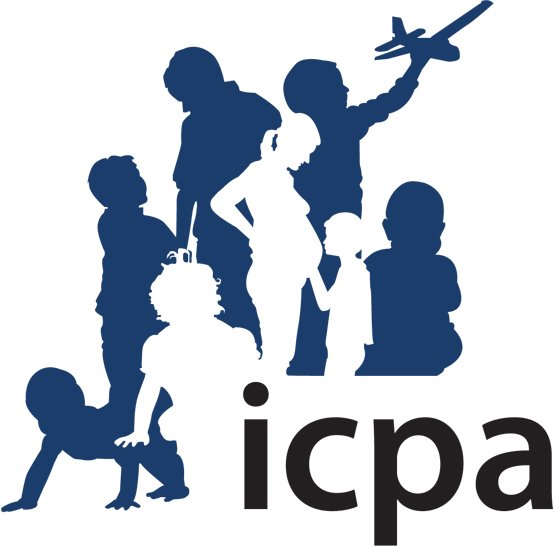What is the ICPA?
WHAT IS THE ICPA?
The ICPA stands for the International Chiropractic Pediatrics Association. It is a community of 6,000 doctors of chiropractic. Members of this community come together to serve families through chiropractic practice. Family is the heart and home of our human potential. The goal of the ICPA is to serve and strengthen the family unit, support communities, and help individuals reach their fullest health potential.
To discover more about the ICPA, please visit the website: www.icpa4kids.org
What is a CACCP doctor?
The ICPA Pediatric Certification Program is a comprehensive 200-hour program consisting of 20 course offerings (60 hours in-person required). It is designed to expand professional ability in adjusting techniques, evaluation, and assessment of different stages of development: from pregnancy, birth, infancy throughout childhood.
ICPA seminars are taught from the salutogenic perspective which focuses on strategies, environments and lifestyle choices that empower individuals to experience the full spectrum of life. All techniques taught in the Certification Program are those currently taught at chiropractic colleges and are adapted for children and pregnant patients.
Upon successful completion, chiropractors receive Certification by the Academy Council of Chiropractic Pediatrics (CACCP).
What is Webster Certification?
Chiropractic care in pregnancy is vital to the normal physiological function of both the mother and baby throughout pregnancy and birth. More women and birth providers are discovering the many benefits associated with chiropractic care in pregnancy and recognize this area of expertise through Webster Certification. There is a common misconception that this is a turning technique for breech babies. The Webster Technique DOES NOT turn breech babies.
Instead, the Webster technique is a specific chiropractic analysis and diversified adjustment. The goal of the adjustment focuses on the integrity of the maternal pelvis and reduces the effects of subluxation and/or SI joint dysfunction. In doing so, neurobiomechanical function in the sacral/pelvic region is improved which can have an indirect effect on how the baby positions itself in its environment.











